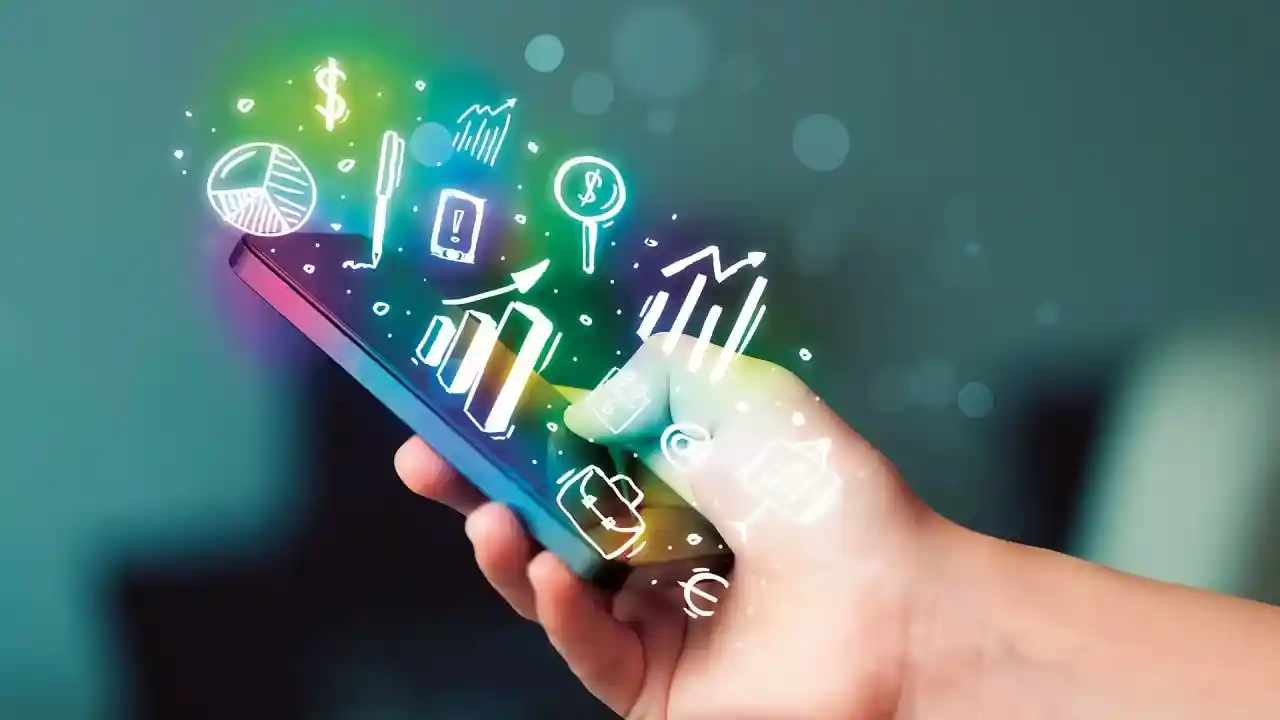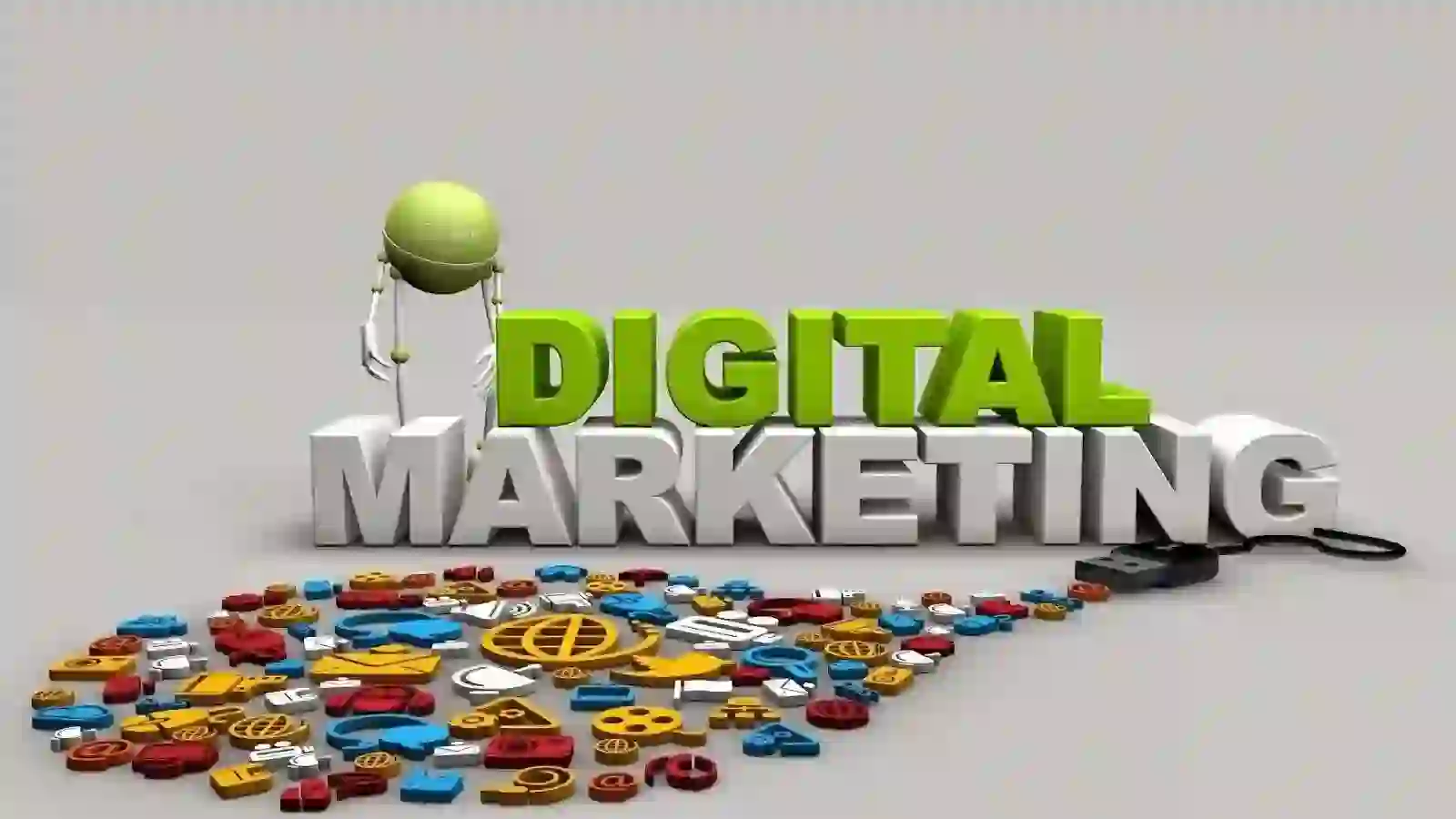
INTRODUCTION
The marketing funnel is a fundamental idea in the realm of marketing. It fills in as a framework to understand and upgrade the customer adventure, from initial awareness to the final change. In this blog, we'll dive into the intricacies of the marketing funnel, investigating its stages, strategies, and the job it plays in driving business growth.
UNDERSTANDING MARKETING FUNNEL
The marketing funnel, much of the time alluded to as the sales funnel, addresses the stages a potential customer goes through before making a purchase or taking an ideal action. It's a visualization of the buyer's outing, which can be broken down into several key stages:
1. Awareness: This is the top of the funnel, where potential customers become aware of your brand, thing, or administration. Content marketing, social media, SEO, and advertising assist with attracting possibilities to your website or business.
2. Interest: At this stage, possibilities have shown interest in your contributions and are actively searching for more information. Engage with valuable content, for example, blog posts, ebooks, or webinars. Email marketing can be an amazing asset to sustain leads.
3. Consideration: Here, possibilities are evaluating your contributions and comparing them to competitors. Strategies can be Give top to bottom thing information, case survey, and testimonials to showcase your exceptional value recommendation.
4. Intent: Possibilities at this stage are near making a decision and may be signaling their intent to purchase. Carry out retargeting ads and personalized messages to draw leads nearer to transformation.
5. Evaluation: Possibilities are making the final decision, oftentimes searching for reassurance and answers to last-minute requests. Use persuasive content, similar to audits and FAQs, to address concerns and drive transformations.
6. Purchase: This is the snapshot of transformation when possibilities become customers. Streamline the purchase cycle, offer driving forces, and give fantastic customer support.
7. Loyalty and Advocacy: Post-purchase, you aim to retain customers and transform them into brand advocates. Maintain engagement through email marketing, loyalty programs, and exceptional assistance.
OPTIMIZING MARKETING FUNNEL
Now that we've covered the stages, it's crucial to focus in on optimizing your marketing funnel:
1. Know Your Audience: Tailor your content and messaging to match the necessities and inclinations of your target audience at each stage.
2. Data-Driven Decisions: Use data analytics to understand how possibilities travel through the funnel. Adjust your strategies accordingly.
3. Personalization: Leverage marketing automation and personalization strategies to convey more relevant content and offers.
4. A/B Testing: Constantly test various parts of your funnel to perceive what works best with regards to transformation and engagement.
5. Multi-Channel Approach: Reach possibilities where they are by utilizing various marketing channels, from social media to email.
CONCLUSION
The marketing funnel is a dynamic and adaptable framework that guides your marketing endeavors and customer engagement. By understanding each stage and optimizing your strategies, you can capably move possibilities from awareness to transformation, driving business growth and building lasting customer relationships. Remember that the marketing funnel is certainly not a one-size-fits-all idea; it should be customized to your particular industry, audience, and business goals. When executed really, your marketing funnel can be an amazing asset for achieving sustainable advancement in the steadily creating universe of marketing.




